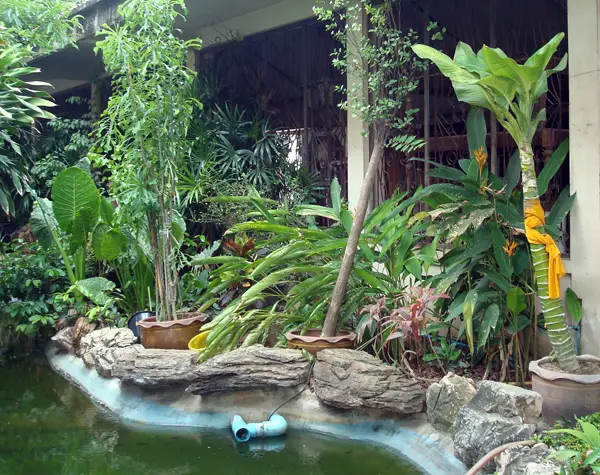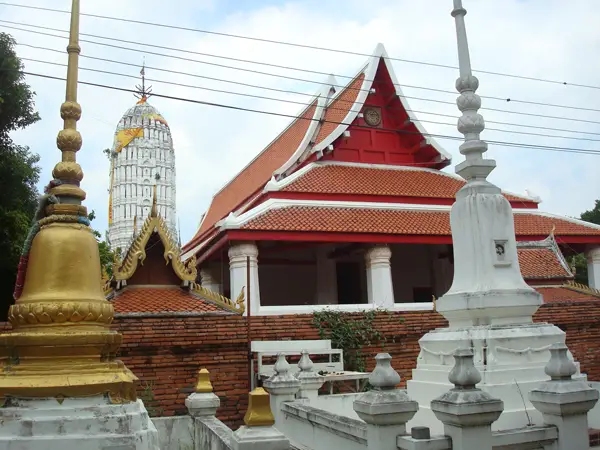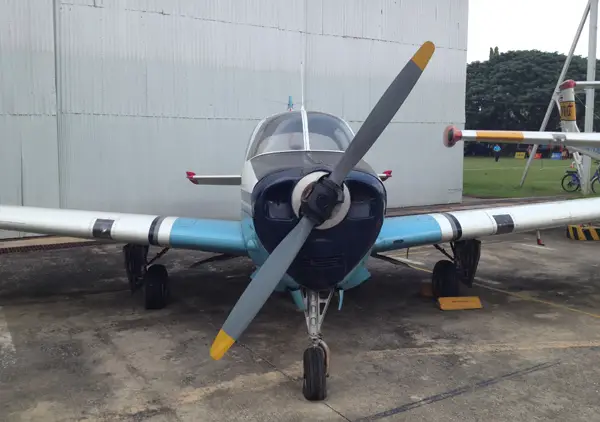While the Kalahom become regent after the murder of King Cetthathirat of Ayutthaya, the Siamese were ready to send the yearly embassy to Japan, after they had skipped 1627 and 1628, probably because of fear of losing more ships at the hands of the revenge-thirsty Spanish. The Kalahom and Yamada Nagamasa were eventually back on good terms, and the latter provided the ship for the trip. It was manned by a mixed Southeast Asian crew and had a Chinese captain. The embassy, the 5th and last of the series that met with success, reached Japan late in October 1629.
On November 4, 1629, three Siamese envoys and the Japanese interpreter Nigazaemon met with Hidetada and Iemitsu in Edo. The main purpose of the embassy was to announce the death of Song Tham and the ascension to the throne of Cetthathirat. The Siamese royal letter to the shogun was dated April 23, 1629 and bore the seal of the young king (Cetthathirat, if the dates are correct). In all probability, it was produced by the Kalahom, and promised the continuation of friendship and trade, and that the Japanese traveling to Ayutthaya would be regarded as “own subjects” of Siam. Iemitsu answered using even more elaborate Confucian lingo than his predecessors, accepting the “yearly traffic.” He left to his ministers, who wrote separate missive, to express “shock,” “condolences,” and “grief” at Song Tham’s death.
With the mission, Nagamasa had sent a letter to Seki Chikara-no-suke, a retainer of Sakai Tadayo, who was a member of Iemitsu’s Council of Elders. In it, he explained the reason for the delay of the embassy, and requested a vermillion seal to continue his trade between Ayutthaya and Japan. With the letter, Nagamasa sent presents for Hidetada and Iemitsu. Sakai, in acknowledging Nagamasa’s missive, again referred to Siam as “Your (Nagamasa’s) honoured country.” To all intents, Nagamasa was by then considered a Siamese subject.
The embassy had a leave-taking audience held on November 16, 1629 and then left. This was to be the last occasion on which the Siamese and Japanese enjoyed official friendly relations until 1887.
Resources: “Samurai of Ayutthaya – The Historical Landscape of
Early 17th Century Japan and Siam: Yamada Nagamasa
and the Way to Ayutthaya” by Cesare Polenghi (p. 55)




